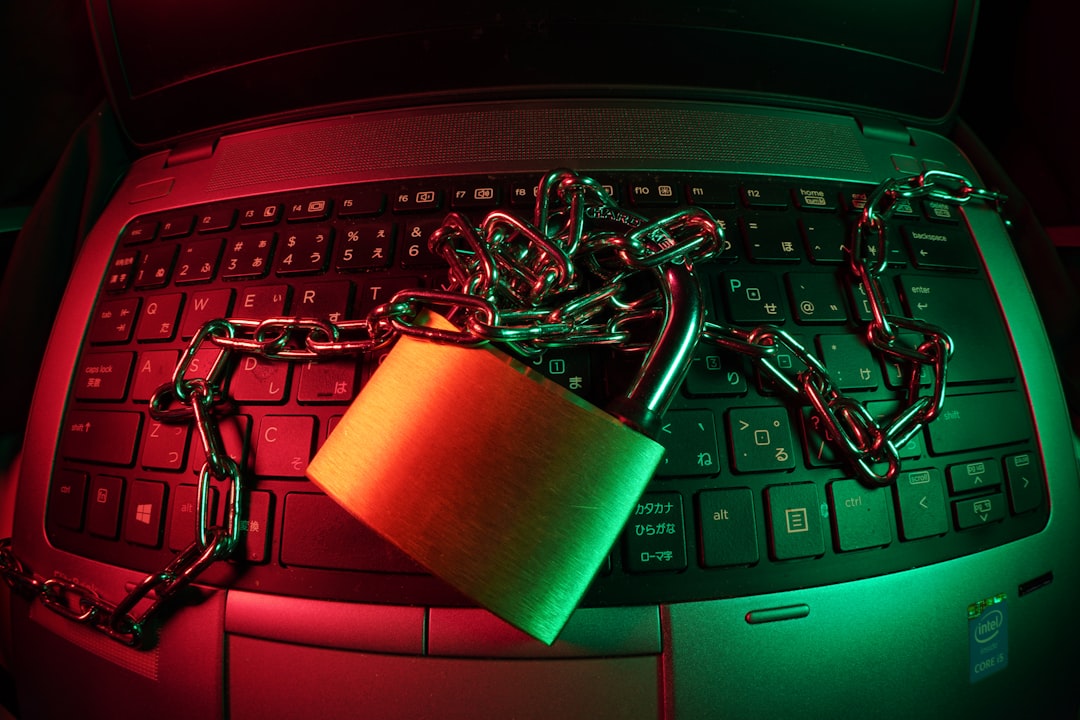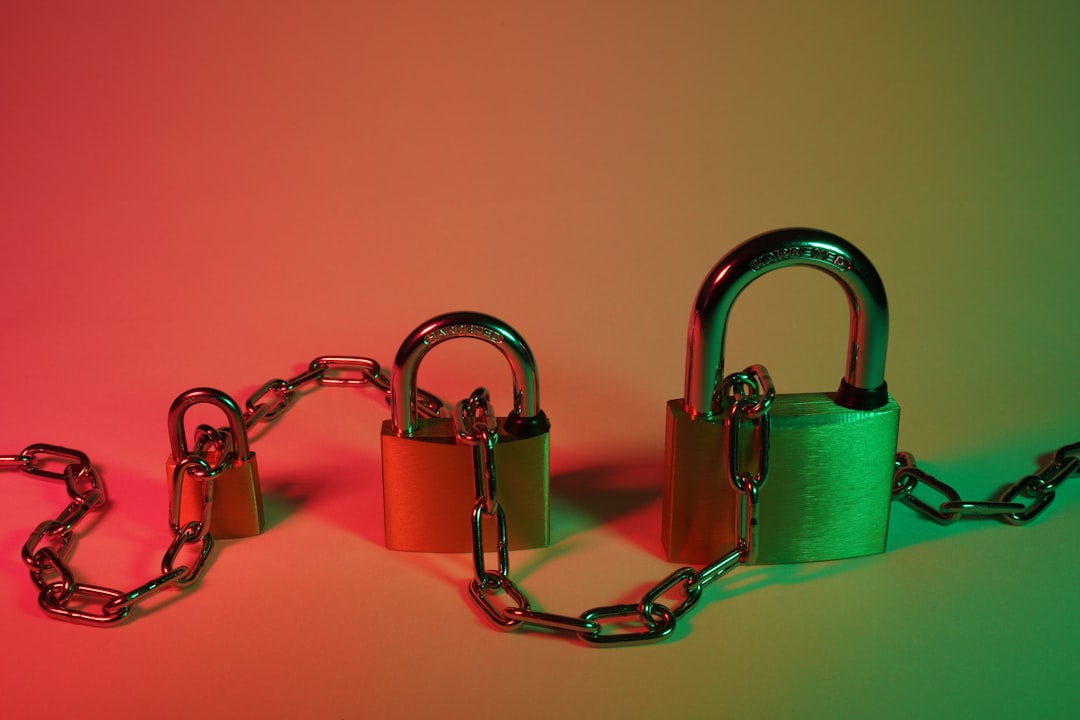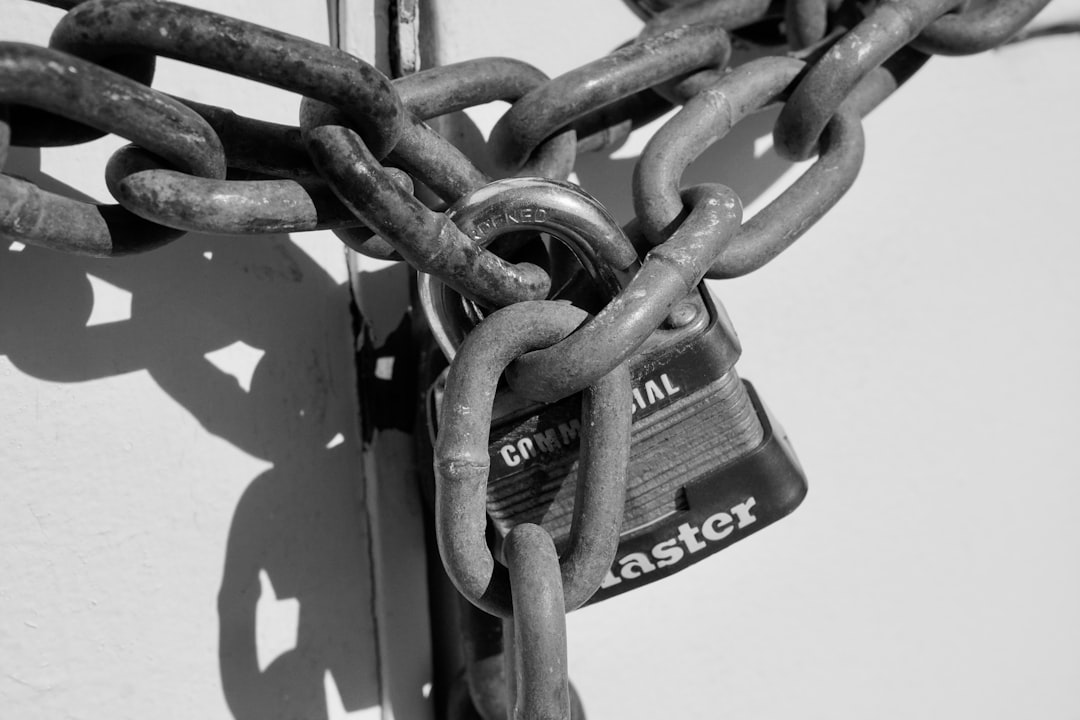Imagine you’re sending a love letter. You don’t want anyone but the recipient to read it, right? That’s what SSL does for your online data—it locks it in a safe envelope. Now, imagine sending that love letter through a chain of trusted messengers, each one passing it along without peeking inside. That’s proxy chaining. Combine both, and boom—you’ve got a powerful privacy combo!
What is SSL?
SSL stands for Secure Sockets Layer. It’s like a digital padlock. It encrypts your data as it travels between your device and a server. So, even if someone snatches it during the journey, they’ll see gibberish—total nonsense.
- Used by websites to keep things like credit card numbers safe.
- Recognizable by the padlock icon in your browser bar.
- Makes https:// different from http://.
These days, SSL is a must-have. Without it, your data is like a postcard—anyone can read it!
What Are Proxies?
A proxy is like a middleman between your computer and the internet. When you connect through a proxy, your IP address is hidden. Instead, the website sees the proxy’s IP.
It’s great for:
- Privacy
- Bypassing censorship
- Accessing region-restricted content
Now, instead of using just one proxy, you can use several in a row. That’s called proxy chaining. Like passing your message from one ally to another, each step adds another layer of disguise.

Why Combine SSL and Proxy Chaining?
Using one without the other leaves gaps in your security. Let’s break it down:
- SSL without a proxy: Your data is encrypted, but your IP is visible.
- Proxy without SSL: Your real IP is hidden, but your data isn’t encrypted!
When you combine SSL and proxy chaining, something magical happens:
- Your data is hidden from your internet provider.
- Your IP address is masked by not one, but multiple proxies.
- Even if someone intercepts your message, it’s encrypted gibberish.
It’s like an invisibility cloak for your online activity.
Who Needs This Setup?
You might think, “I’m not a spy—I don’t need all this.” But SSL and proxy chains aren’t just for hackers or secret agents. They’re handy for:
- Journalists working in restricted countries.
- Gamers avoiding DDoS attacks.
- Regular users who just want some digital peace of mind.
Even businesses use them to secure internal tools or test websites in different regions.

The Challenges
Of course, it’s not all rainbows and unicorns. SSL and proxy chaining come with some trade-offs:
- Speed: All those extra steps slow things down a bit.
- Complexity: Setting up multiple proxies can be tricky.
- Trust: You still need to trust the proxies you use.
But with the right tools and some patience, it’s totally doable—and worth it!
Tips for Getting Started
If this all sounds exciting, here’s how to dip your toes in:
- Use a trusted proxy tool or VPN that supports chaining.
- Check that “SSL” or “TLS” is enabled for secured sites.
- Always test your connection for leaks with tools like DNSLeakTest or IP checkers.
And most importantly—don’t trust free proxies without doing your homework!
Wrapping It Up
SSL and proxy chaining are like peanut butter and jelly. They’re fine alone—but amazing together. Protecting your data and identity online has never been more important. Whether you’re browsing the web or accessing sensitive accounts, this combo gives you a fortress of digital defense.
Stay safe. Stay smart. Encrypt it all and pass it through the chain!


